
Recent News & IPH Program Updates Return to LRC home page
| Program Sponsors
|
|
 |
 |
| Research Sponsors
|
|
 |
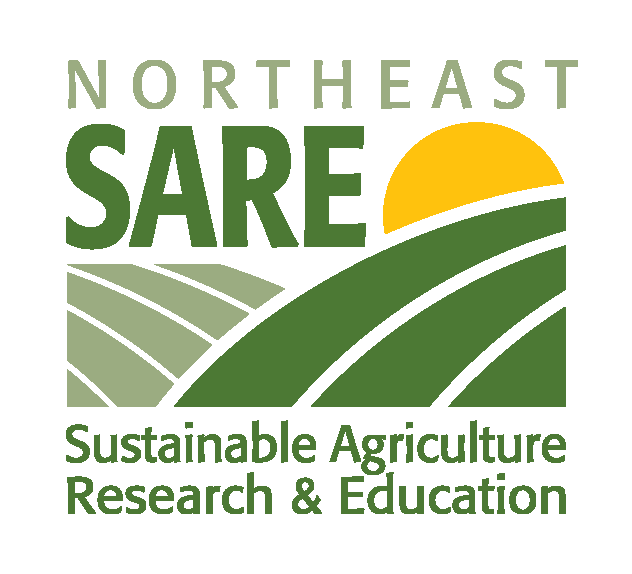 |
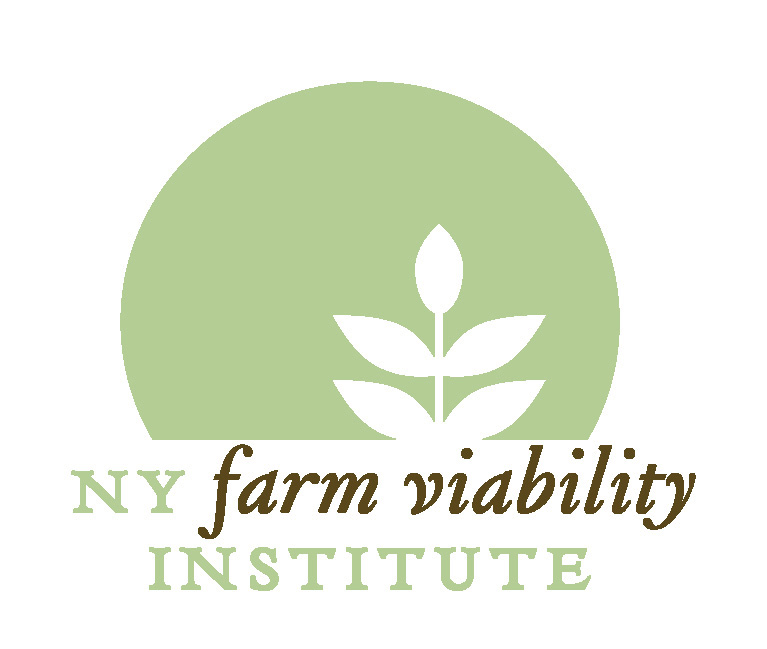 |
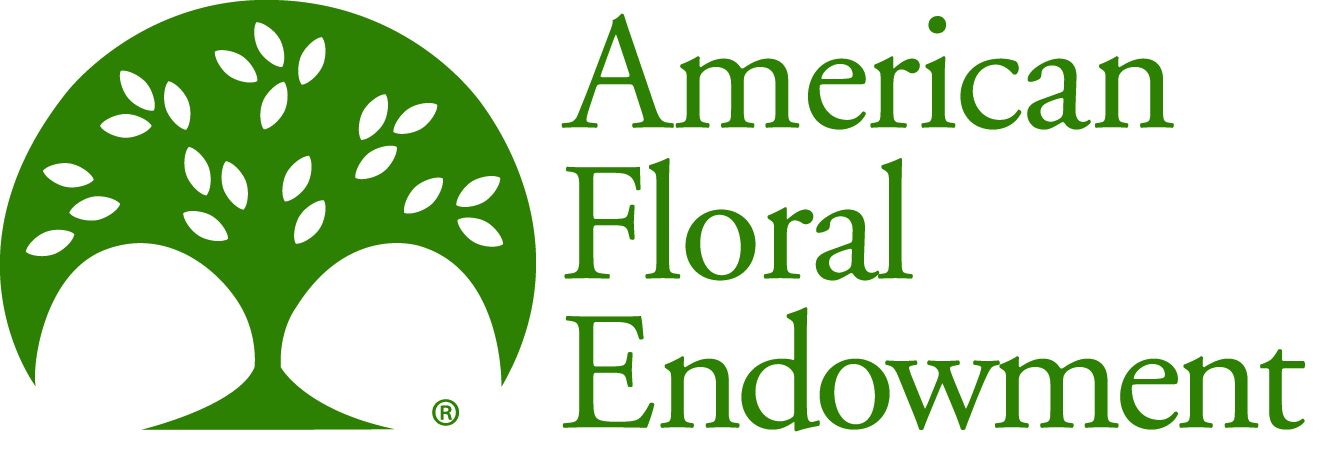 |
 |
|
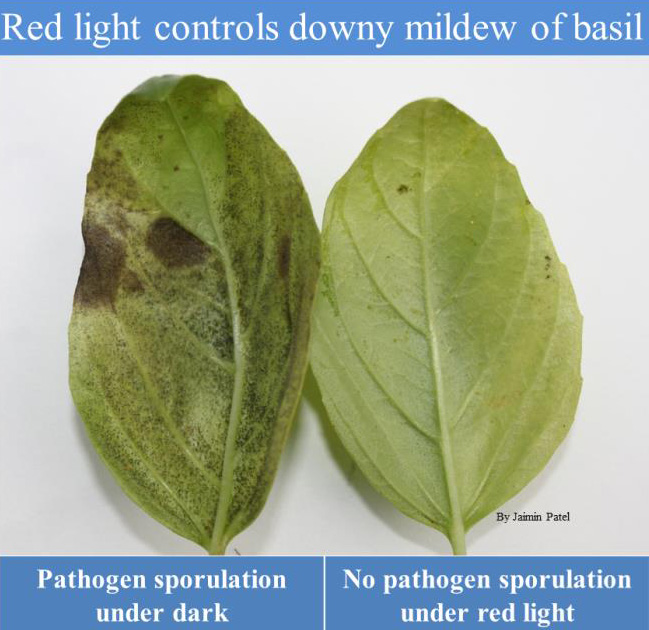
| |
Advanced light-emitting diode (LED) technology can provide lighting conditions that are detrimental to plant pathogens and at the same time, ideal for healthy plant growth in controlled environments and in field applications. An expanding list of spectrally tuned LEDs is available to combat plant pathogens and promote plant health, which enables growers to extract greater value from their crops.
The Illumination for Plant Health (IPH) Alliance at the Lighting Research Center (LRC) at Rensselaer Polytechnic Institute works closely with industry, government, commercial growers, NGOs and other interested stakeholders to advance innovative strategies for plant disease control. The goal of the IPH program is to develop sustainable disease management solutions using the latest lighting technologies, apply research results in practice for a greater understanding of their applicability, and educate stakeholders on the use of lighting technologies to control plant diseases.
LRC lighting scientists regularly collaborate with researchers at Cornell University, the University of Florida, the Norwegian University of Life Sciences, the Norwegian Institute of Bioeconomy Research, and the University of Vermont.
To become a member of the IPH Alliance contact:
Mark Rea, Ph.D.
Lighting Research Center
Rensselaer Polytechnic Institute
Phone: 518-276-7100
Email: ream@rpi.edu
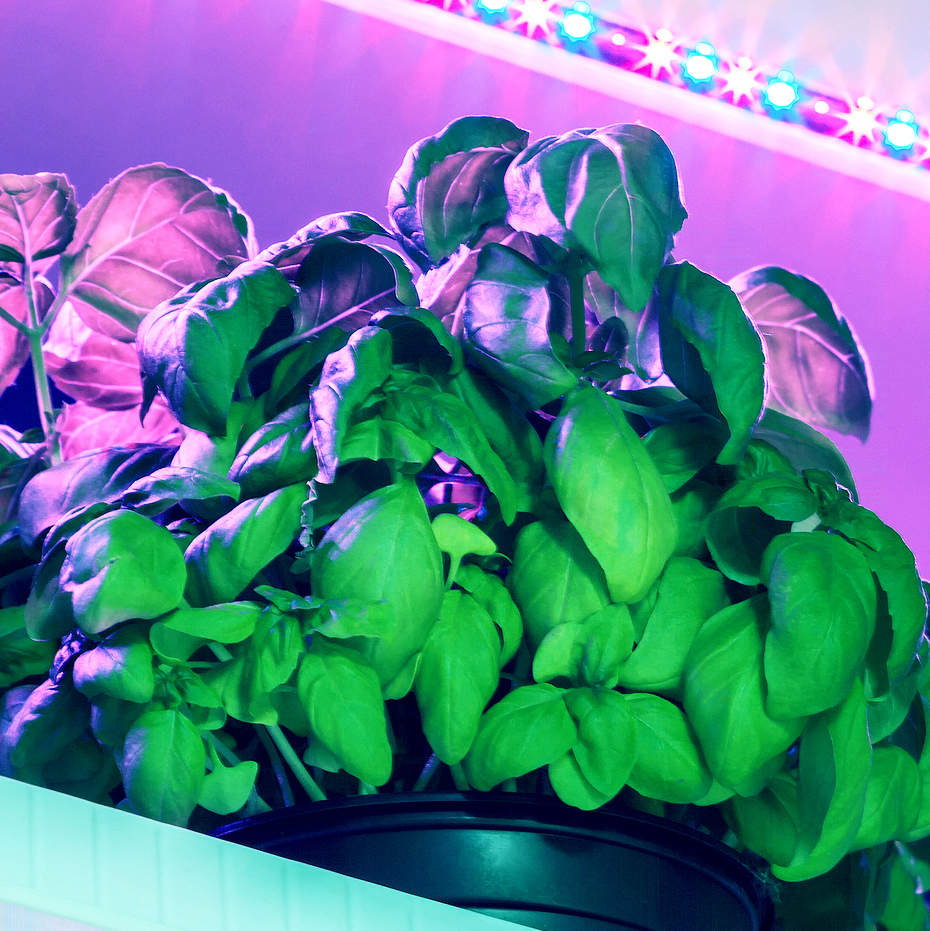
Recent News
Download Building Instructions for the "Dragon" Mobile UV Array
March 6, 2020 - Instructions for growers and fabricators that want to build their own "Dragon" from open source specifications are now available for free download here. UV light is an emerging agricultural tool that can work with, or as an alternative to, conventional pesticides to manage disease. UV light can reduce disease severity through a germicidal effect on leaf pathogens and in some cases stimulates disease resistance. Currently the Dragon is an implement designed for a tractor's 3-point hitch. This online resource is made possible by a grant from the New York Farm Viability Institute (NYFVI). Learn More.
New Research Article Published
January 21, 2020
Nighttime Application of UV-C to Control Cucumber Powdery Mildew
Jaimin Patel, Leora Radetsky, Rohan Nagare, and Mark Rea.
Plant Health Progress 2020. 21:40-46.
Sowing the Seeds of Sustainable Food and Agriculture
LD+A - June 2019
From mildew control to insect dosing, research at the LRC is aggressively pursuing improvements in horticultural lighting.
LRC to Develop New Plant Lighting Education Program
April 16, 2019
With support from the Nuckolls Fund for Lighting Education, the LRC is developing a new course curriculum on lighting for plant growth and health.
Collaborators include Erik Runkle, a Professor of Horticulture at Michigan State University, and Plant Pathologists David Gadoury at Cornell University and Natalia Peres at the University of Florida. Learn More.
LRC adding graduate program in tunable lighting for crops and plants
LEDs Magazine - April 2019
The LRC plans to add a new Master’s and PhD curriculum on lighting for plant health and growth in time for its Spring 2021 semester, roughly two years from now.
Northeast SARE Awards Funding to the LRC
March 12, 2019
Downy mildew (DM) is one of the most significant annual production challenges for cucumber growers in the Northeast. In this research project, the LRC will investigate the effectiveness of UV-C light to suppress downy mildew in field-grown cucumber. The team will work closely with a regional grower to design a tractor-drawn UV-C array for nighttime dosing, and conduct outreach activities for growers and extension service providers. This research could result in a cost-effective, alternative disease management strategy that reduces fungicide use, and perhaps, increases cucumber yields. This research is supported by the National Institute of Food and Agriculture, U.S. Department of Agriculture, through the Northeast Sustainable Agriculture Research and Education program.
Plant Health Researcher Presents at Conference
Strategies in Light - March 1, 2019
LRC Plant Health Research Scientist Leora Radetsky presented "A Recommended Framework for Evaluating Horticultural Lighting Systems" at Strategies in Light. Learn More.
UV Light to Suppress Plant Diseases
In The Field Magazine - December 2018
The Light and Plant Health Group is featured in this magazine article on their tractor-drawn UV-C array for nighttime application of light to suppress plant pathogens in agricultural crops. This international effort includes the Lighting Research Center, Norway's Institute of Bioeconomy Research (NIBIO), the Norwegian University of Life Sciences (NMBU), the University of Florida Gulf Coast Research and Education Center (UFL/GCREC), and Cornell University's Geneva Experiment Station (Cornell/Geneva).
USDA Invests $4.7 Million to Address Critical Plant Pest Problems
Growing Produce - November 2018
USDA’s National Institute of Food and Agriculture recently awarded 16 applied research and development grants to enhance the development, adoption, and implementation of innovative, ecologically-based, sustainable integrated pest management technologies.
USDA Awards Funding for Light and Plant Health Research to the Lighting Research Center
News Release - October 9, 2018
The USDA has awarded funding to the Lighting Research Center to support new research that has the potential to address one of the grand challenges of this century—food security and the ability to sustainably feed a rapidly increasing world population. Learn More.
Seeing disease in a new light
Greenhouse Canada - September 19, 2018
Research scientists Dr. Jaimin Patel and Leora Radetsky are exploring light as a way to mitigate disease. Their research looks at using visible and ultraviolet (UV) light against powdery mildew and downy mildew – two of the most common diseases in the greenhouse.
Controlling basil downy mildew might be as simple as turning on a light
Hort Americas - August 28, 2018
The use of supplemental light to control downy mildew on food and ornamental crops could be integrated into current disease management practices.
New Research Article Published
July 3, 2018
The value of red light at night for increasing basil yield
Jaimin S. Patel, Leora Radetsky, Mark S. Rea.
Canadian Journal of Plant Science 2018. 98:1321-30.
LRC Releases New Report on Horticultural Lighting
May 14, 2018
The LRC has published a new report on the energy and economic performance of LED horticultural luminaires. The LRC evaluated key factors such as power demand, life-cycle cost, luminaire intensity distribution, and luminaire shading. The project was funded by the Lighting Energy Alliance and Natural Resources Canada. Members of the Lighting Energy Alliance include Efficiency Vermont, Energize Connecticut, National Grid, and the Northwest Energy Efficiency Alliance.
LRC Scientists Speaking at Major Events
April 13, 2018
Lighting experts Mariana Figueiro, Jaimin Patel, Leora Radetsky, and Mark Rea presented, "Seeing Red: How Long-wavelength Light can Impact Humans, Plants, and Animals," on May 9 at LIGHTFAIR International 2018 in Chicago, Illinois.
On May 15, Dr. Jaimin Patel spoke at the Horticultural Lighting Conference Europe in Utrecht, The Netherlands.
LRC Research Scientist Leora Radetsky will join Dr. Patel at Cultivate '18 in Columbus, Ohio on July 14, where they will present: "Nighttime Application of Light for Control of Plant Diseases" and "How Light and Dark can Control Plant Diseases."
LRC Receives State Grant
On April 6, 2018, NYFVI (New York Farm Viability Institute) awarded a grant to the LRC to investigate the use of UV to suppress pathogens in summer squash.
This project will demonstrate that UV lighting technology can easily and cost-effectively be used by farmers to prevent or reduce powdery mildew, and perhaps other pathogens and pests, in squash and other vegetable crops in New York State (NYS). The project will involve farmers in designing and building the apparatus that will be used to provide the UV lighting. This will help to ensure that the technology is readily available and easy to assemble for farmers. Farmers will also be involved in using the technology in field applications and in evaluating its ease-of-use and effectiveness in preventing or reducing powdery mildew. The project team will also widely disseminate the information developed in the project among farmers and extension personnel across NYS. Regional, hands-on workshops will be held and educational materials produced for farmers and extension agents so that farmers can build the UV lighting device in their own workshops using commercially available components, and use it in their fields. UV lighting is an alternative and effective approach to existing chemical control measures for control of powdery mildew. Learn More.
Light and Plant Health Group Initiates New Web Site
October 24, 2017
A new web site has been created to promote the recently formed Light and Plant Health Group. This international effort includes the Lighting Research Center, Norway's Institute of Bioeconomy Research (NIBIO), the Norwegian University of Life Sciences (NMBU), the University of Florida Gulf Coast Research and Education Center (UFL/GCREC), and Cornell University's Geneva Experiment Station (Cornell/Geneva). Their work is generously supported by grants from the USDA Organic Research and Extension Initiative (OREI), the Specialty Crops Research Program (SCRI), and The Research Council of Norway (RCN), as well as assistance from lighting companies OSRAM and Ushio, and the Asahi Glass Company.
LED has potential to end use of pesticides in farming
LUX Review - April 25, 2017
LED light is able to reduce disease in plants, a discovery that could, ultimately, lead to the decreased use of pesticides. Interview with LRC scientist Dr. Jaimin Patel.
Advanced LED lighting for plant health and protection in controlled environment agriculture
Urban Ag News - September 10, 2016
In the future, growers will have the opportunity to use LEDs not just for extending the period of natural daylight but also for providing lighting tailored specifically to suppress growth of plant pathogens and to extract greater value from their crops by producing healthier, more robust plants.
Plant Pathologist Jaimin Patel Joins the Lighting Research Center at Rensselaer
News Release - August 16, 2016
Further strengthening the LRC's horicultural lighting and plant pathology program, Dr. Patel will collaborate on a project to study the novel use of light to suppress plant pathogens affecting organically grown crop production.
Limitless
LD+A Magazine - June 2016
From designer plants to genetic engineering, LEDs show infinite possibilities in agricultural applications.
USDA-NIFA Awards $1.7 Million for Light and Plants Research
News Release - October 6, 2015
The U.S. Department of Agriculture (USDA) and the National Institute of Food and Agriculture (NIFA) award $1.7 million to study the novel use of light to suppress a broad group of plant pathogens affecting sustainable production of organically grown crops.
Publications
Light and Plant Health Publications
A collection of research articles authored by LRC scientists.